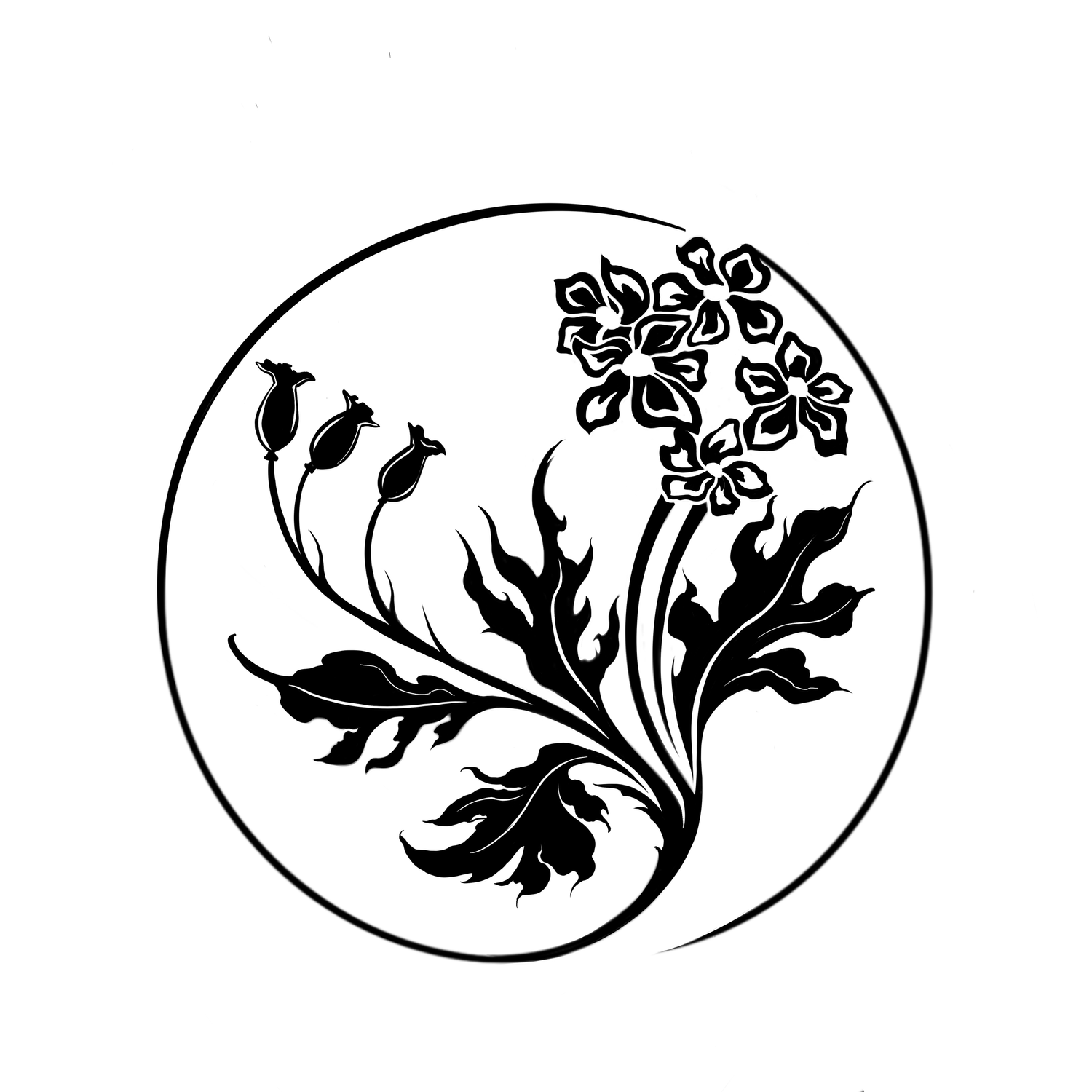Needle vs. Gun
Why Piercing Needles Are Safer and More Effective Than Piercing Guns
While piercing guns have been used for generations, tradition alone doesn’t make them the best option. Modern piercing techniques have advanced significantly, and we now know that using sterile, single-use hypodermic needles is the safest and most hygienic method for body piercings.
With a better understanding of how bacteria enters the body and causes infections, professional piercers have taken important steps to reduce risk during the piercing process. Using needles is one key way we maintain a safe, sterile environment for our clients.
Choosing a professional piercer who uses single-use needles, sterilized tools, and autoclaved, implant-grade jewelry ensures a far higher standard of safety and care. In contrast, piercing guns cannot be properly sterilized and are often operated by individuals without sufficient training in skin preparation, correct technique, and aftercare.
Another major concern is the quality of jewelry used with piercing guns. For optimal healing, body piercings require high-quality, biocompatible materials. Jewelry used in guns is often low-grade, with rough surfaces that can irritate the skin and lead to complications during healing.
A common—but harmful—piece of aftercare advice given after gun piercings is to twist or turn the jewelry. This outdated guidance introduces bacteria and damages healing tissue, increasing the risk of infection and slowing recovery.
Piercing guns also follow a one-size-fits-all approach, which may not accommodate individual anatomical differences. This makes them unsuitable for many people, especially those with unique or more complex anatomy.
Finally, there’s a significant difference in tissue trauma between methods. Piercing guns use blunt force to push jewelry through the skin, which causes more damage and discomfort. Professional piercers, however, use sharp, beveled needles that create a clean, precise puncture with minimal tissue disruption—resulting in a quicker, safer healing process.

